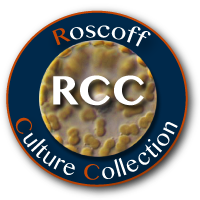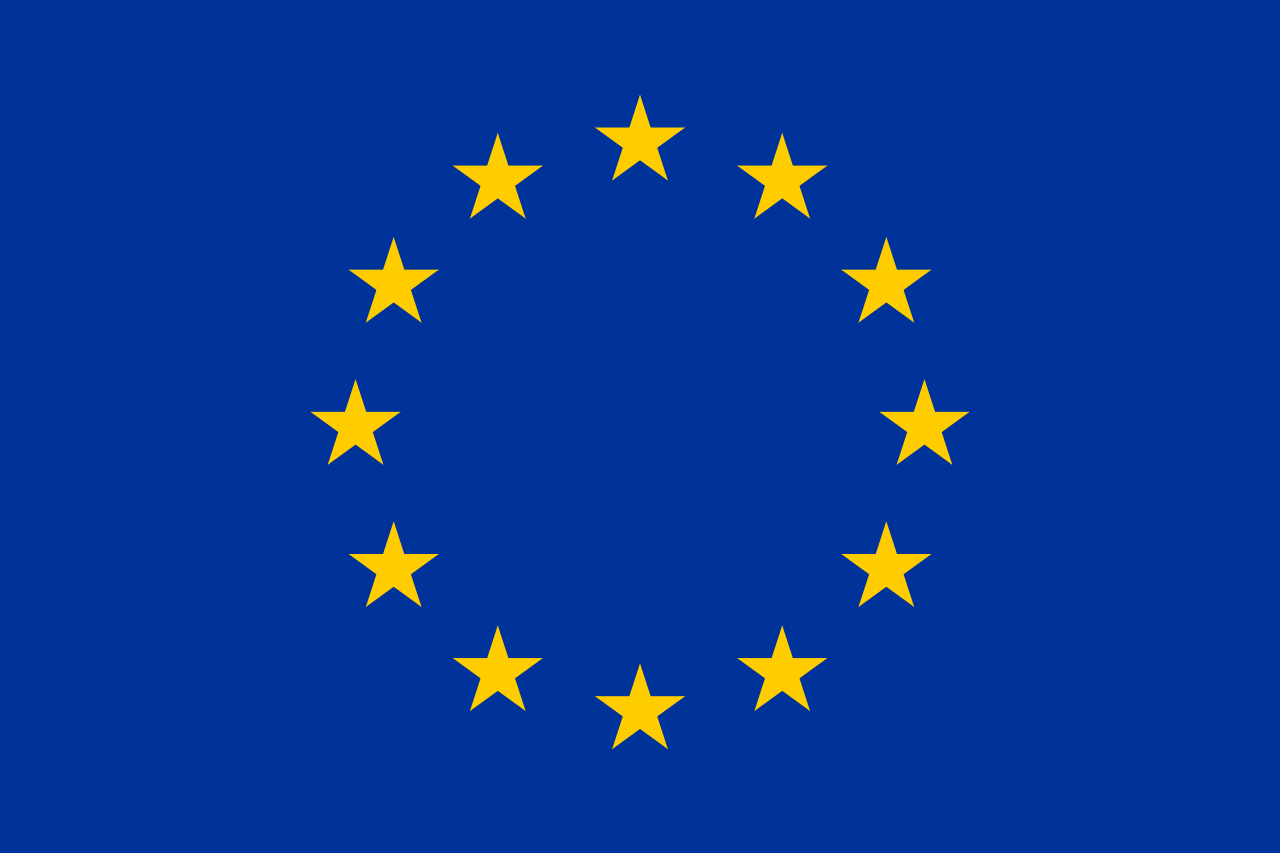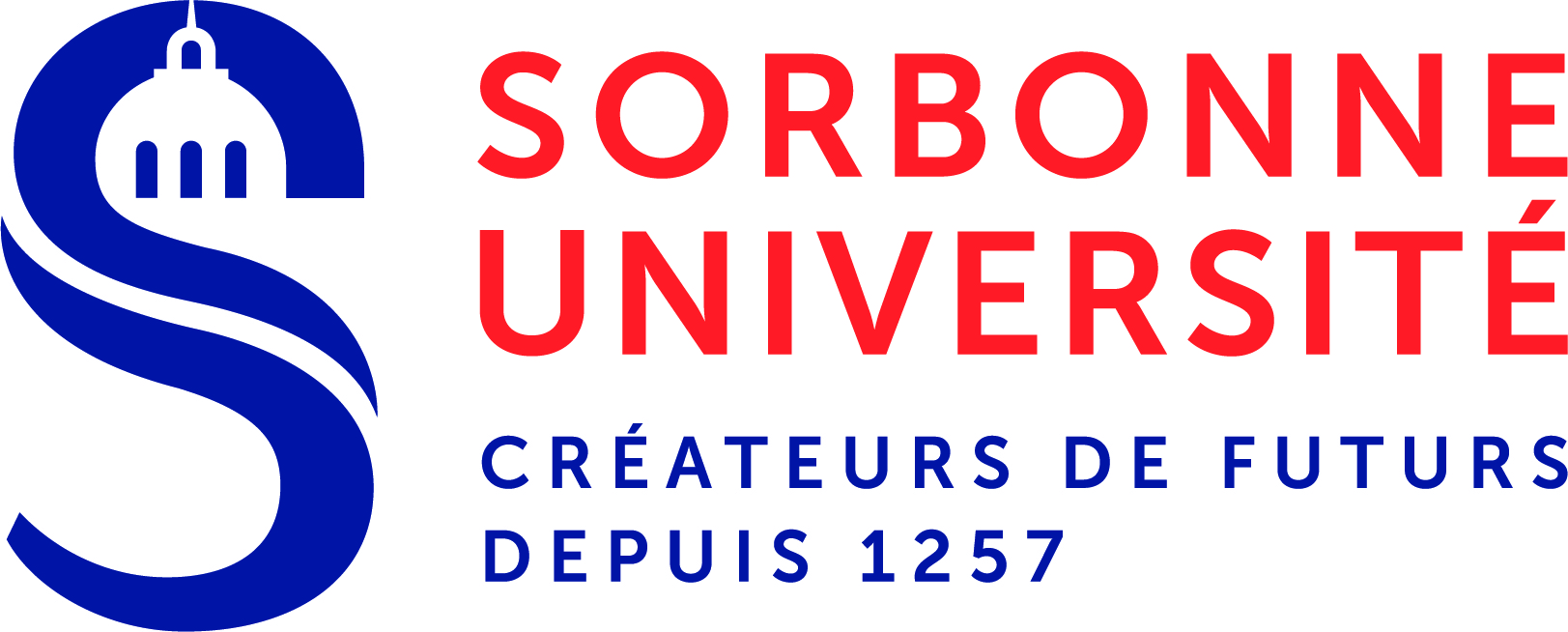| Title | Transcriptional responses to salinity-induced changes in cell wall morphology of the euryhaline diatom Pleurosira laevis |
| Publication Type | Journal Article |
| Year of Publication | 2024 |
| Authors | Kamakura S, Bilcke G, Sato S |
| Journal | Journal of Phycology |
| Volume | n/a |
| ISSN | 1529-8817 |
| Keywords | cytoskeletal element, morphological plasticity, osmotic pressure, polymorphism, RNA-Seq, transporter, valve morphogenesis |
| Abstract | Diatoms are unicellular algae with morphologically diverse silica cell walls, which are called frustules. The mechanism of frustule morphogenesis has attracted attention in biology and nanomaterials engineering. However, the genetic regulation of the morphology remains unclear. We therefore used transcriptome sequencing to search for genes involved in frustule morphology in the centric diatom Pleurosira laevis, which exhibits morphological plasticity between flat and domed valve faces in salinity 2 and 7, respectively. We observed differential expression of transposable elements (TEs) and transporters, likely due to osmotic response. Up-regulation of mechanosensitive ion channels and down-regulation of Ca2+-ATPases in cells with flat valves suggested that cytosolic Ca2+ levels were changed between the morphologies. Calcium signaling could be a mechanism for detecting osmotic pressure changes and triggering morphological shifts. We also observed an up-regulation of ARPC1 and annexin, involved in the regulation of actin filament dynamics known to affect frustule morphology, as well as the up-regulation of genes encoding frustule-related proteins such as BacSETs and frustulin. Taken together, we propose a model in which salinity-induced morphogenetic changes are driven by upstream responses, such as the regulation of cytosolic Ca2+ levels, and downstream responses, such as Ca2+-dependent regulation of actin dynamics and frustule-related proteins. This study highlights the sensitivity of euryhaline diatoms to environmental salinity and the role of active cellular processes in controlling gross valve morphology under different osmotic pressures. |
| URL | https://onlinelibrary.wiley.com/doi/abs/10.1111/jpy.13437 |
| DOI | 10.1111/jpy.13437 |






